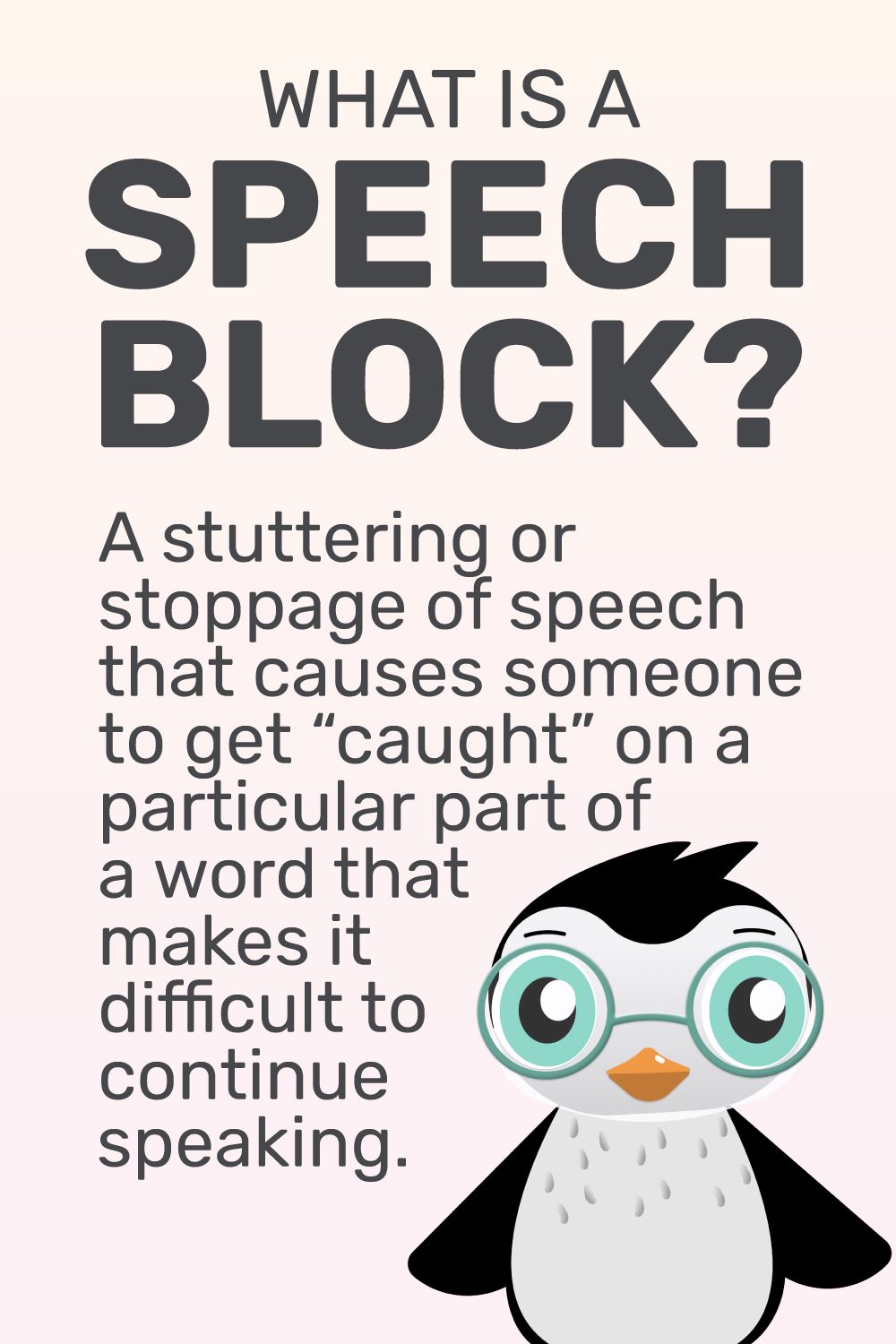The Clinical Assessment of Articulation and Phonology (CAAP-2) is a vital tool used by speech-language pathologists to evaluate a child’s speech sound production and phonological development. Here’s what you need to know:
- Standardized tasks: The speech-language pathologist administers structured tasks to assess the child’s speech sound abilities, including imitating sounds, saying specific words, and having conversations.
- Articulation assessment: CAAP-2 examines how well a child can produce individual speech sounds by evaluating their accuracy and clarity when saying certain sounds in isolation, words, or sentences.
- Phonological assessment: CAAP-2 evaluates the child’s ability to use sounds to form meaningful words and sentences, assessing their understanding and use of different sound patterns and rules in spoken language.
- Error analysis: The speech-language pathologist analyzes specific speech sound errors and patterns observed during the assessment, identifying consistent errors and determining their severity.
- Results interpretation: Based on the assessment results, the speech-language pathologist can diagnose speech sound disorders and provide valuable information about the child’s strengths and areas of need.
- Intervention planning: CAAP-2 results guide the design of targeted therapy approaches, including exercises, strategies, and activities, to help the child improve their speech production and phonological skills.
By utilizing CAAP-2, speech-language pathologists can effectively address speech sound difficulties, leading to improved speech production, clearer communication, and enhanced overall language skills in children with special needs.
This post was originally published on May 19, 2023. It was updated on Jan. 3, 2024.














